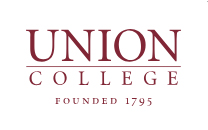
"Inclusive Access" (IA), as it is known to its supporters, or "Automatic Billing," as it is known to its detractors, are educational resources--e.g. textbooks + ancillary materials--that are digital and commercial but whose costs for students are both reduced (when compared to print resources) and included in tuition (charged upon enrollment). IA, like OER, are available immediately to students (e.g. on the first day of class).
Use cases include UC Davis and the University of Arizona.
Click here for more information on Inclusive Access.